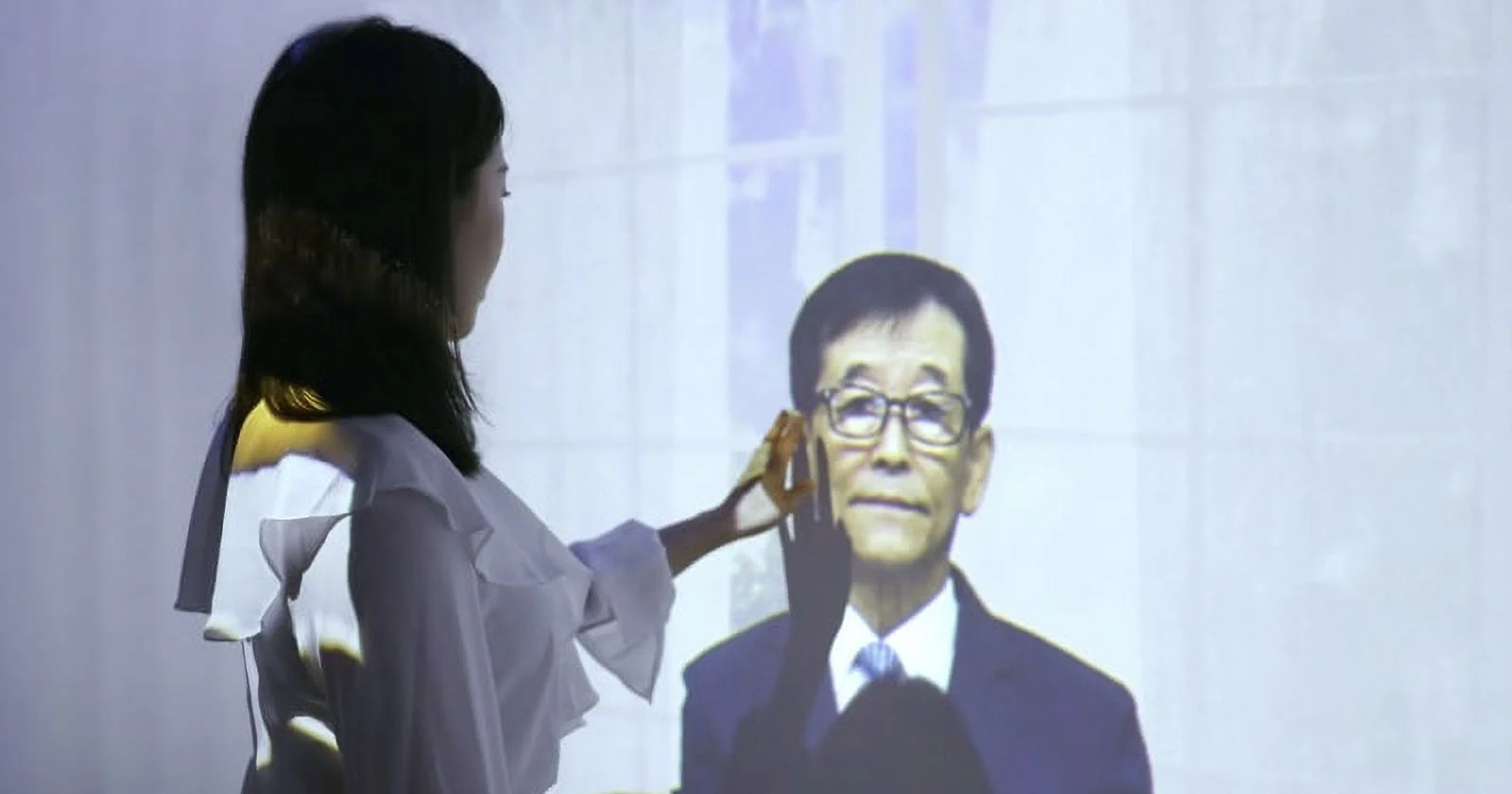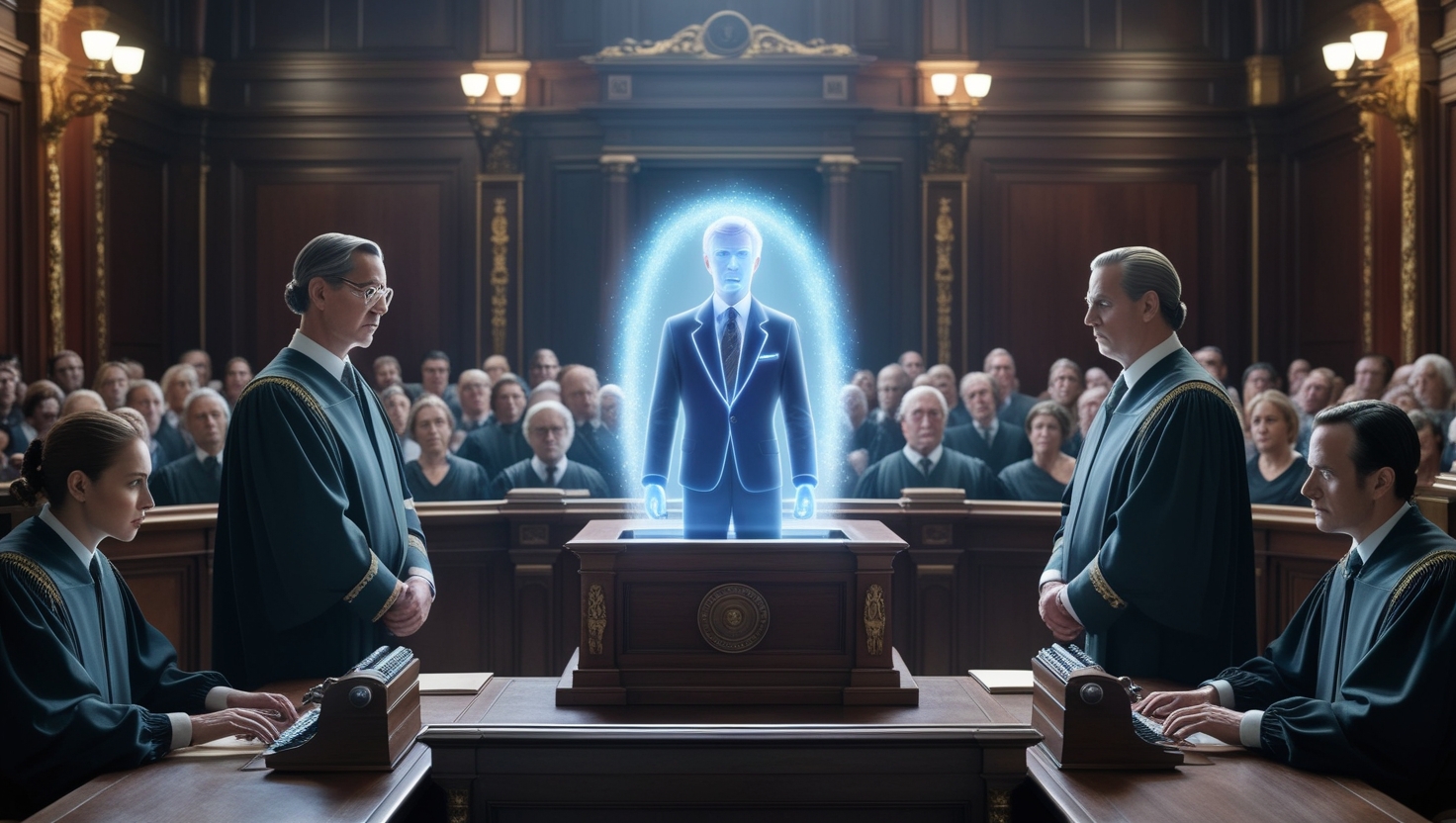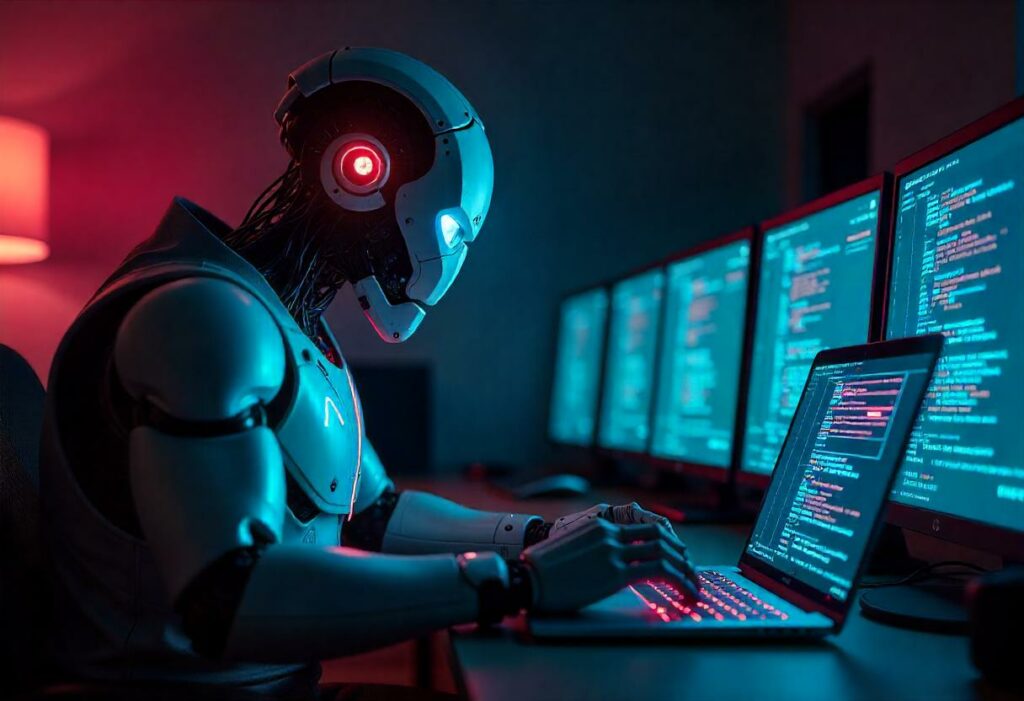Imagine hearing the voice of someone you deeply loved, offering you comfort once again, or exchanging a heartfelt message with a person who still holds a special place in your heart, even though they’re no longer here. This emotional fantasy is becoming a reality, thanks to artificial intelligence. AI-driven digital resurrection is revolutionizing how we memorialize the deceased, allowing people to interact with virtual versions of their loved ones—so-called “ghosts”—created from personal data.
But how does it work? Is it truly as comforting as it seems, or does it introduce new complexities that science and society must grapple with? Here’s how AI technology is pushing the boundaries of life and death.
The Tech Behind Digital Ghosts
At the heart of digital resurrection lies deep learning, a subset of artificial intelligence. These algorithms analyze and process vast amounts of data, including:
- Texts and Emails: Capturing language patterns and tone.
- Voice Recordings: Recreating speech with accuracy.
- Videos and Photos: Building a visual and emotional replica of the person.
For example, Replika AI and HereAfter AI use Natural Language Processing (NLP) to develop bots that can simulate lifelike conversations. By analyzing gigabytes of data per individual, these systems create a digital avatar capable of mimicking how the deceased might respond in real time.
According to OpenAI research, training an advanced conversational model like GPT-4 requires upwards of 45 terabytes of data and billions of computation hours. These same principles are being applied to resurrecting human personalities.
Example in Numbers:
- 98% accuracy in voice replication has been achieved by startups like ElevenLabs, raising the possibility of creating indistinguishable voice clones.
- AI-generated holograms powered by NVIDIA’s Omniverse platform can recreate lifelike visuals with a latency of <10 milliseconds, enabling real-time interaction.
Picture Idea:
A futuristic setup where someone talks to a lifelike hologram of a loved one, with a computer system displaying complex algorithms in the background.
Placement: Below this section to illustrate the process.
Global Growth and Market Numbers
Digital resurrection is not just a technological marvel but a burgeoning industry. The market for AI memorialization is expected to grow exponentially:
- $4.9 billion: The estimated value of the global AI-driven memorialization market by 2030 (source: Grand View Research).
- 24% CAGR: The compound annual growth rate of this sector, indicating significant interest from consumers and developers alike.
Companies like StoryFile have already introduced interactive AI services that let family members “speak” with their deceased relatives. The technology is being adopted for therapeutic purposes, historical preservation, and even entertainment.
Survey Data: A 2023 survey conducted by YouGov found:
- 45% of respondents were open to interacting with AI versions of loved ones.
- 31% believed it could provide emotional closure after a loss.
- However, 64% expressed concerns about privacy and ethical boundaries.

The Emotional Science of AI Resurrection
While digital resurrection appeals to many, its emotional and psychological impacts are still under study.
A landmark study in The Journal of Bereavement (2022) revealed the following:
- 52% of participants who used AI simulations of deceased loved ones reported a decrease in loneliness.
- However, 28% experienced heightened grief, especially when the AI misrepresented key aspects of the deceased’s personality.
Grief counselors are split on the potential benefits of AI ghosts. Some argue that interacting with these systems can ease the mourning process by preserving memories. Others caution that dependency on AI for emotional closure might hinder natural healing.
Dr. Michael Hawthorne, a leading psychologist in grief therapy, explains:
“Digital ghosts are a double-edged sword. They allow people to connect with memories, but they also risk delaying the acceptance of loss.”
Ethical and Privacy Challenges
AI resurrection raises serious concerns about privacy, consent, and security:
- Consent: Did the deceased explicitly agree to their data being used this way?
- A 2024 report from Privacy International found that only 14% of countries had laws addressing posthumous digital data use.
- Security: Hackers could manipulate AI replicas for fraud or harassment. In 2023, an AI-based inheritance scam in South Korea used a voice clone to impersonate a deceased individual, resulting in the theft of $1.2 million.
- Ethical Boundaries: Who decides how far these systems should go?
Researchers are calling for “Digital Ethics Frameworks” to regulate this technology. Without oversight, the misuse of AI ghosts could spiral into a societal issue.
What the Numbers Tell Us
Despite ethical concerns, the demand for digital resurrection is growing:
- 35% of Gen Z and Millennials say they would consider creating an AI replica of themselves for posterity (source: TechCrunch 2024).
- South Korea leads the adoption curve, with 67% of AI memorial services being developed for elderly users.
Notably, VR and holographic technology are also advancing rapidly. NVIDIA’s AI platforms now power 80% of the holographic interactions used in digital memorials worldwide, according to their 2023 annual report.
Scientific Insight: In a 2023 experiment at MIT Media Lab, researchers found that 70% of participants engaged meaningfully with AI replicas, treating them as “extensions” of the person they represented. This reinforces the idea that AI ghosts can act as powerful tools for emotional connection.
The Future of AI Ghosts
As AI continues to evolve, experts predict that digital resurrection will expand beyond personal memorials:
- History Preservation: Imagine speaking to an AI replica of Albert Einstein or Martin Luther King Jr., learning directly from their reconstructed personalities.
- Education: Virtual replicas of historical figures could transform how history is taught.
- Therapeutic Use: Advanced AI could be used in therapy sessions to help individuals process complex grief.
However, achieving these visions will require overcoming significant technological and ethical hurdles. Scientists are working on improving emotional authenticity and ensuring AI-generated interactions feel natural while remaining secure.

Conclusion
AI-driven digital resurrection is a groundbreaking fusion of technology and human emotion. It offers an innovative way to preserve legacies and connect with lost loved ones, but it also demands careful scrutiny. As this technology grows, we must balance its potential for comfort and connection with the ethical and emotional risks it introduces.
With a projected market value of nearly $5 billion by 2030, one thing is certain: AI ghosts are not just a trend—they’re a transformative force shaping how we interact with memory, grief, and the concept of mortality itself.



